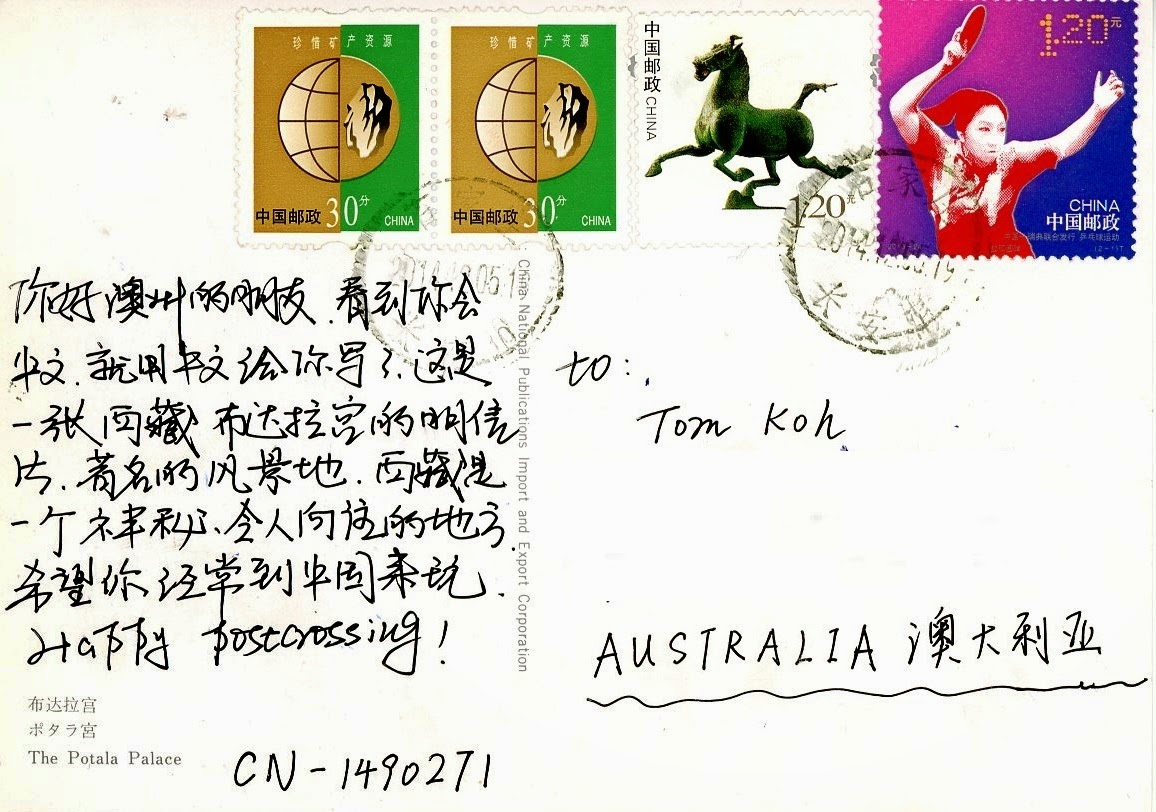 The building measures 400 metres east-west and 350 metres
north-south, with sloping stone walls averaging 3 m. thick, and 5 m. (more than
16 ft) thick at the base, and with copper poured into the foundations to help
proof it against earthquakes. Thirteen stories of buildings – containing over
1,000 rooms, 10,000 shrines and about 200,000 statues – soar 117 metres (384
ft), rising more than 300 m (about 1,000 ft) in total above the valley floor.
The building measures 400 metres east-west and 350 metres
north-south, with sloping stone walls averaging 3 m. thick, and 5 m. (more than
16 ft) thick at the base, and with copper poured into the foundations to help
proof it against earthquakes. Thirteen stories of buildings – containing over
1,000 rooms, 10,000 shrines and about 200,000 statues – soar 117 metres (384
ft), rising more than 300 m (about 1,000 ft) in total above the valley floor.The palace was slightly damaged during the Tibetan uprising against the Chinese in 1959, when Chinese shells were launched into the palace's windows. It also escaped damage during the Cultural Revolution in 1966 through the personal intervention of Zhou Enlai, who was then the Premier of the People's Republic of China. Still, almost all of the over 100,000 volumes of scriptures, historical documents and other works of art were either removed, damaged or destroyed.
The Potala Palace was inscribed to the UNESCO World Heritage
List in 1994. In 2000 and 2001, Jokhang Temple and Norbulingka were added to
the list as extensions to the sites. Rapid modernisation has been a concern for
UNESCO, however, which expressed concern over the building of modern structures
immediately around the palace which threaten the palace's unique atmosphere.
The Chinese government responded by enacting a rule barring the building of any
structure taller than 21 metres in the area.
The number of visitors to the palace was restricted to 1,600 a day, with opening hours reduced to six hours daily to avoid over-crowding from 1 May 2003. The palace was receiving an average of 1,500 a day prior to the introduction of the quota, sometimes peaking to over 5,000 in one day. Visits to the structure's roof was banned after restoration works were completed in 2006 to avoid further structural damage. Quotas were raised to 2,300 daily to accommodate a 30% increase in visitors since the opening of the Qingzang railway into Lhasa on 1 July 2006, but the quota is often reached by mid-morning. Opening hours were extended during the peak period in the months of July to September, where over 6,000 visitors would descend on the site.



No comments:
Post a Comment